#Siberia Russia
Text
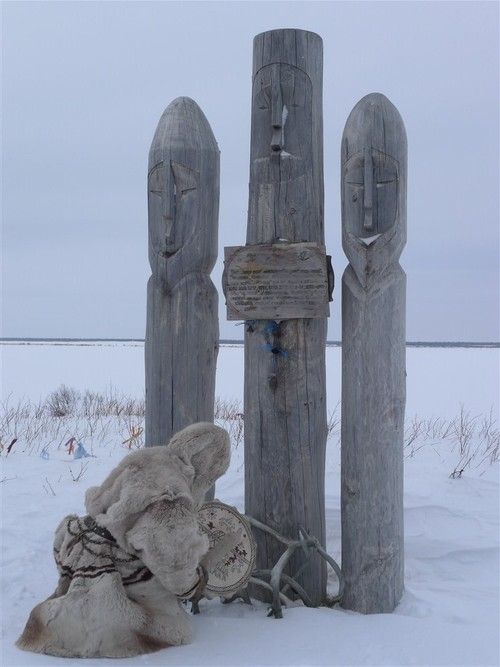
Pustozerk, Narayan mar, Russia.
#russia#russian paganism#indigenous russia#indigenous siberia#siberia#siberians#Siberian spirituality#Siberia Russia#Pustozerk#Narayan#Narayan mar#ruins#altar#idol#idol worship
2K notes
·
View notes
Text
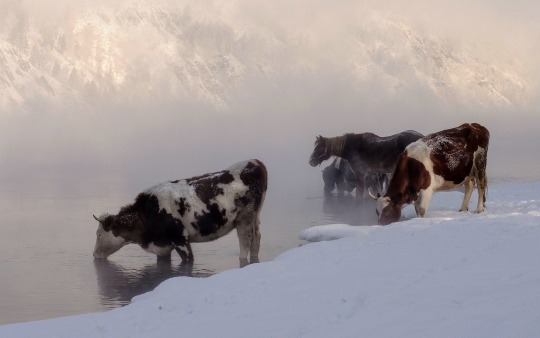
Siberian cows, 2019 - by Marina Fomina, Russian
7K notes
·
View notes
Photo
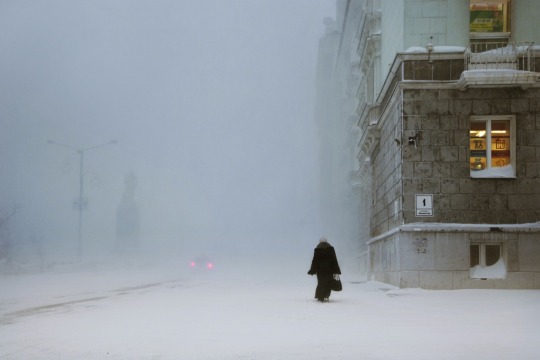

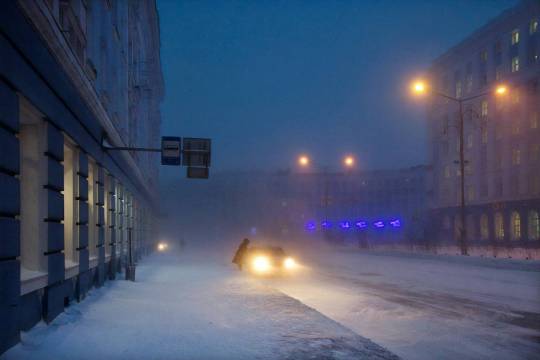
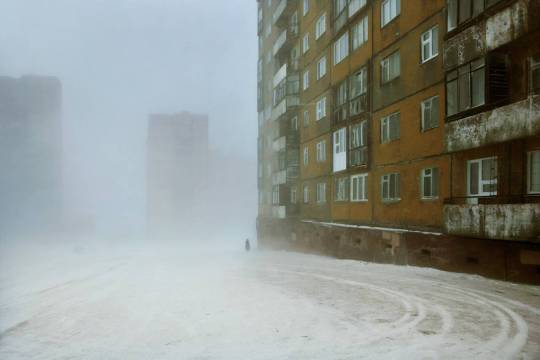


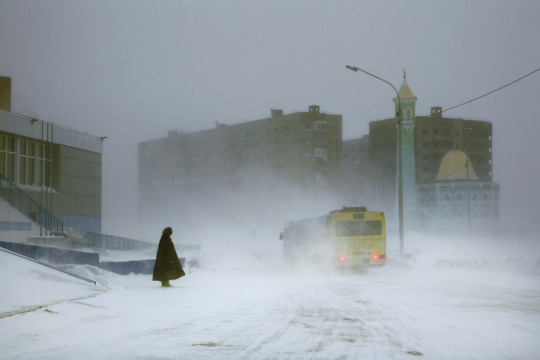


Frozen in Time: Christophe Jacrot's Norilsk, Siberia
#russia#winter#snow#contemporary#norilsk#photography#urban#christophe jacrot#siberia#1960s#architecture#french art
3K notes
·
View notes
Text
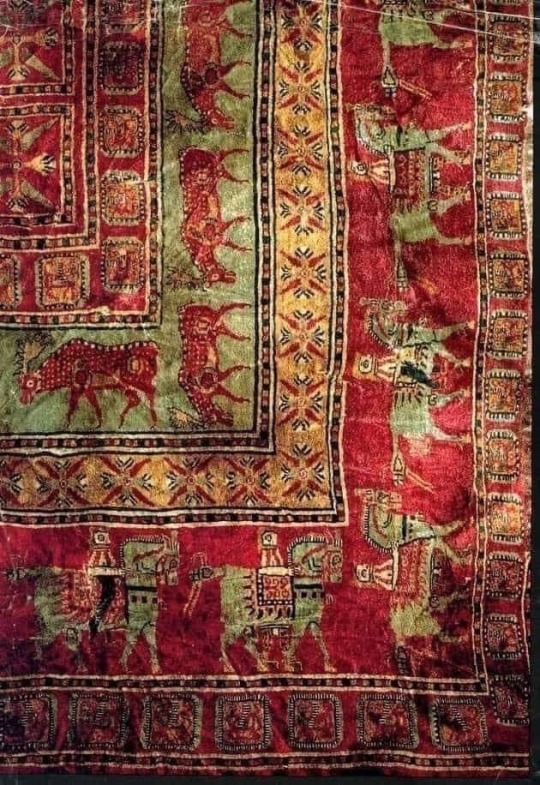

The Pazyryk Carpet is the oldest known carpet on earth woven 2500 years ago (5th Century B.C.). It was discovered in the tomb of a Scythian prince in the Pazyryk Valley of Siberia by Ukrainian archaeologist Sergei Rudenko in the late 1940s.
5K notes
·
View notes
Photo

A shaman watches TV inside the Tos Deer ( nine skies) association in the Siberian town of Kyzyl, Republic of Tuva, Russia. Photographed by A. Abbas.
#photojournalism#siberia#photojornalist#shamanism#asia#tuva#russia#tuvans#a. abbas#northern asia#abbas
2K notes
·
View notes
Text
Important read.

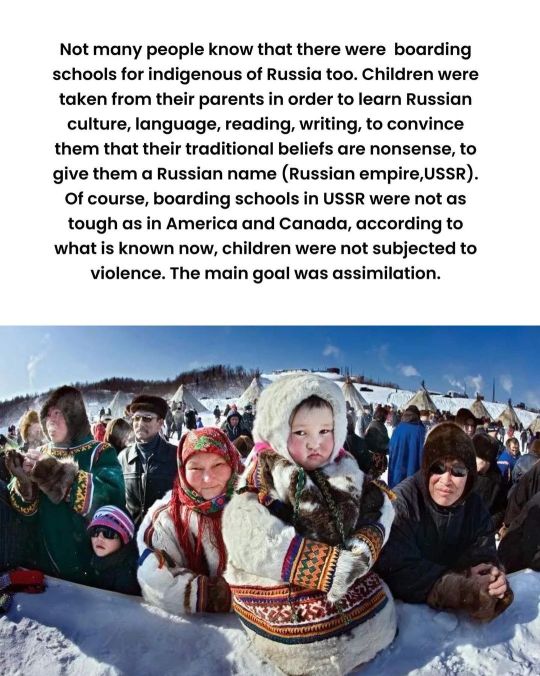


#indigenous#culture#indigenous russia#important#indigenous russian#fypシ#fypage#russia#colonization#landback#indigenous art#indigenous rights#indigenous people#indigenas#siberian music#siberia#siberian indigenous#indigenous siberian#siberian#native people#natives#nenets culture#nenet people#nenet#nenets#important post#russian colonization#russian imperialism#russian genocide#fypツ
418 notes
·
View notes
Text

Khakas woman, Russia, by Alexander Khimushin
#khakas#russia#asia#north asia#siberia#traditional clothing#traditional fashion#cultural clothing#folk clothing
1K notes
·
View notes
Text
Fishskin Robes of the Ethnic Tungusic People of China and Russia
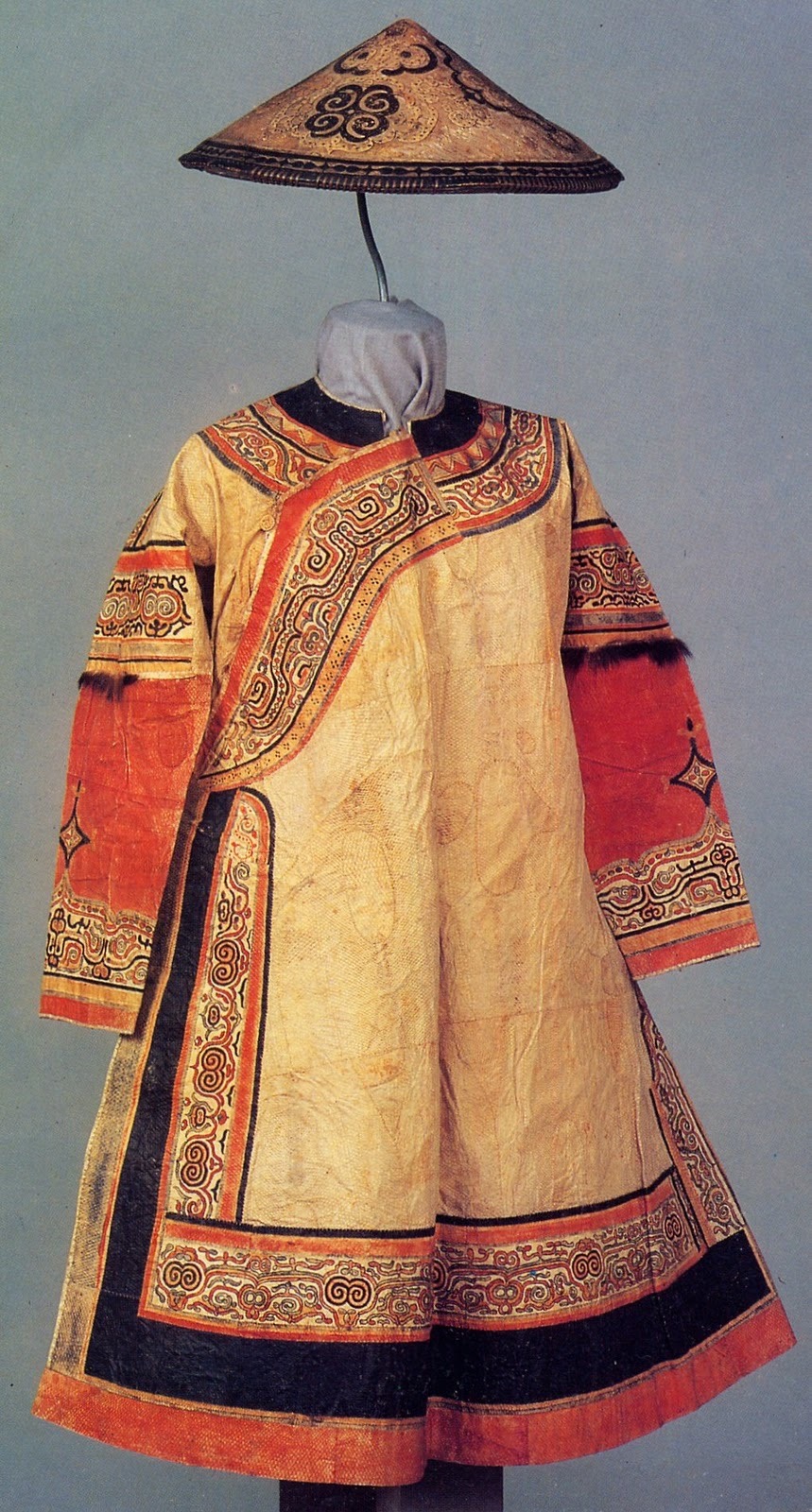
Oroch woman’s festive robe made of fish skin, leather, and decorative fur trimmings [image source].
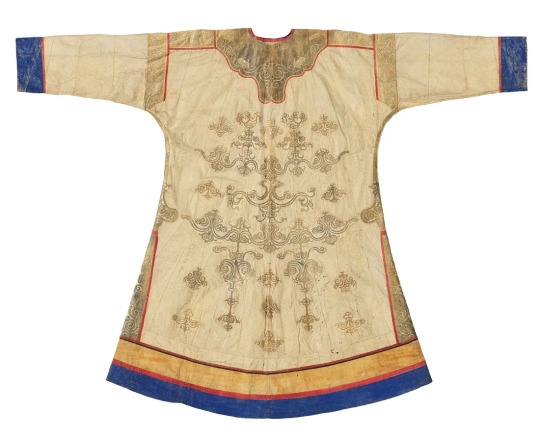
Nivkh woman’s fish-skin festival coats (hukht), late 19th century. Cloth: fish skin, sinew (reindeer), cotton thread; appliqué and embroidery. Promised gift of Thomas Murray L2019.66.2, Minneapolis Institute of Art, Minnesota, United States [image source].
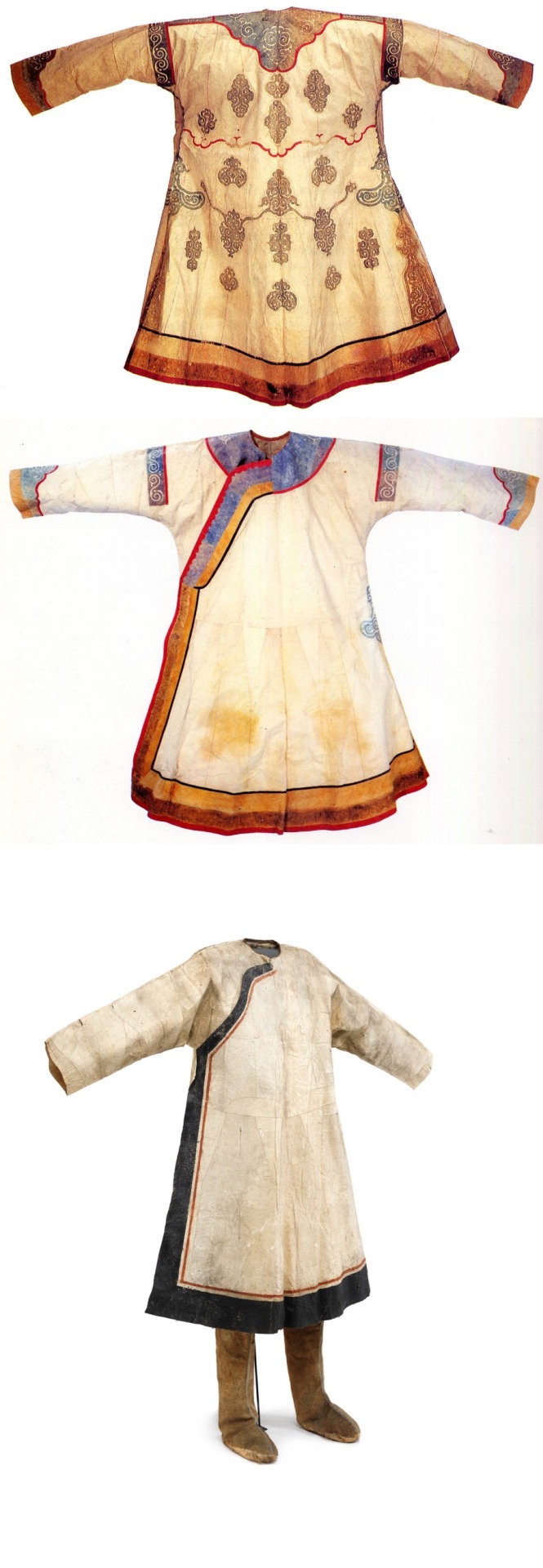
Back view of a Nivkh woman’s robe [image source].
Front view of a Nivkh woman’s robe [image source].
Women’s clothing, collected from a Nivkh community in 1871, now in the National Museum of Denmark. Photo by Roberto Fortuna, courtesy Wikimedia Commons [image source].
The Hezhe people 赫哲族 (also known as Nanai 那乃) are one of the smallest recognized minority groups in China composed of around five thousand members. Most live in the Amur Basin, more specifically, around the Heilong 黑龙, Songhua 松花, and Wusuli 乌苏里 rivers. Their wet environment and diet, composed of almost exclusively fish, led them to develop impermeable clothing made out of fish skin. Since they are part of the Tungusic family, their clothing bears resemblance to that of other Tungusic people, including the Jurchen and Manchu.
They were nearly wiped out during the Imperial Japanese invasion of China but, slowly, their numbers have begun to recover. Due to mixing with other ethnic groups who introduced the Hezhen to cloth, the tradition of fish skin clothing is endangered but there are attempts of preserving this heritage.
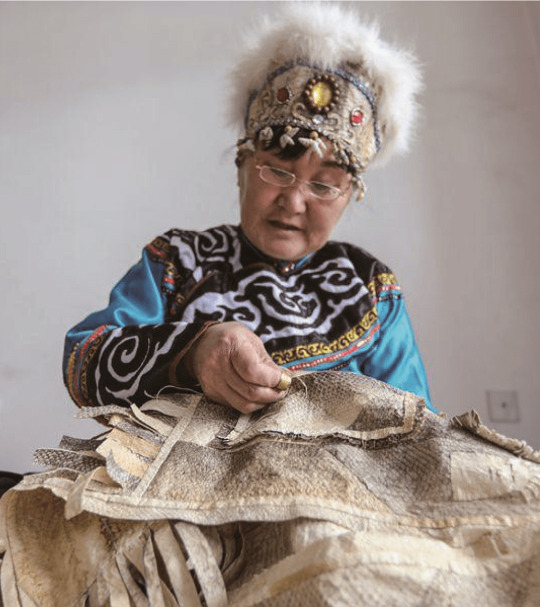
Hezhen woman stitching together fish skins [image source].


Top to bottom left: You Wenfeng, 68, an ethnic Hezhen woman, poses with her fishskin clothes at her studio in Tongjiang, Heilongjiang province, China December 31, 2019. Picture taken December 31, 2019 by Aly Song for Reuters [image source].
Hezhen Fish skin craft workshop with Mrs. You Wen Fen in Tongjian, China. © Elisa Palomino and Joseph Boon [image source].
Hezhen woman showcasing her fishskin outfit [image source].
Hezhen fish skin jacket and pants, Hielongiang, China, mid 20th century. In the latter part of the 20th century only one or two families could still produce clothing like this made of joined pieces of fish skin, which makes even the later pieces extremely rare [image source].
Detail view of the stitching and material of a Hezhen fishskin jacket in the shape of a 大襟衣 dajinyi or dajin, contemporary. Ethnic Costume Museum of Beijing, China [image source].
Hezhen fishskin boots, contemporary. Ethnic Costume Museum of Beijing, China [image source].
Although Hezhen clothing is characterized by its practicality and ease of movement, it does not mean it’s devoid of complexity. Below are two examples of ornate female Hezhen fishskin robes. Although they may look like leather or cloth at first sight, they’re fully made of different fish skins stitched together. It shows an impressive technical command of the medium.
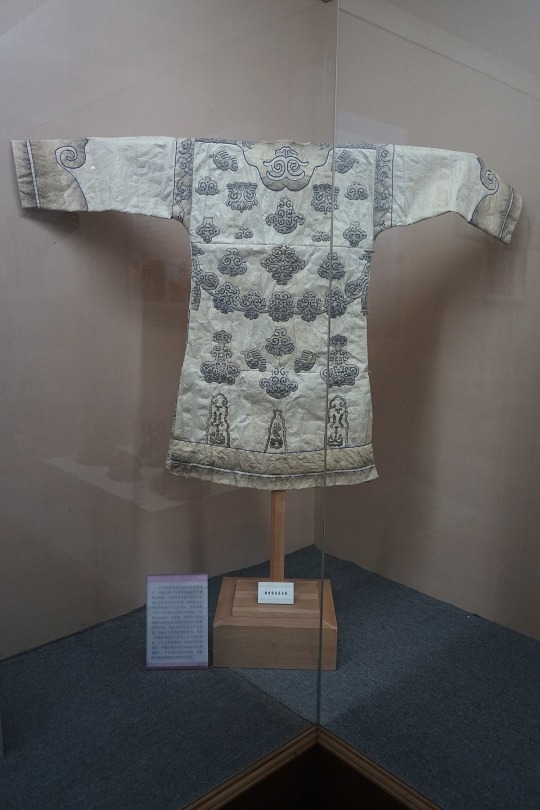
赫哲族鱼皮长袍 [Hezhen fishskin robe]. Taken July 13, 2017. © Huanokinhejo / Wikimedia Commons, CC BY 4.0 [image source].
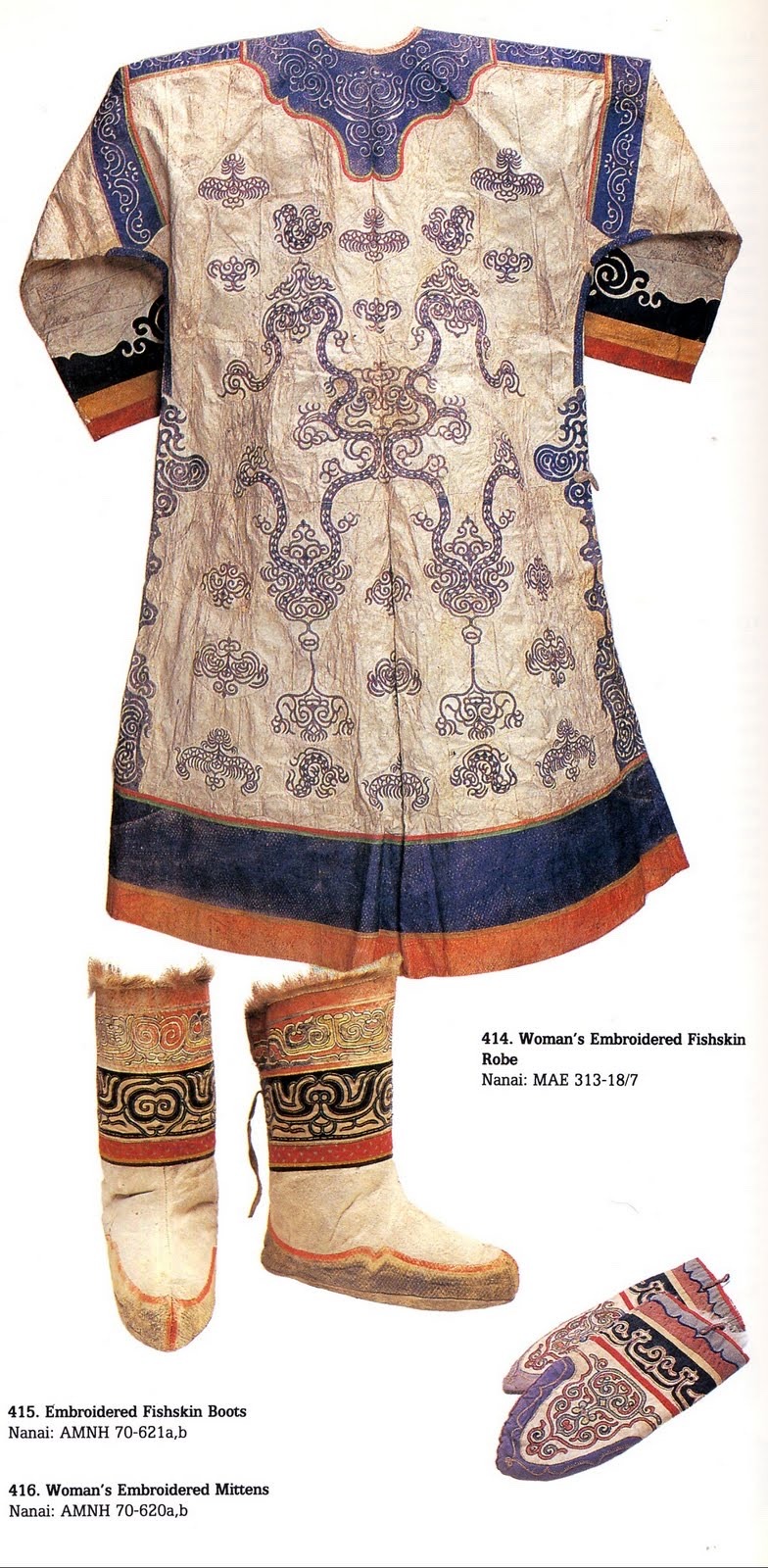
Image containing a set of Hezhen clothes including a woman’s fishskin robe [image source].
The Nivkh people of China and Russia also make clothing out of fish skin. Like the Hezhen, they also live in the Amur Basin but they are more concentrated on and nearby to Sakhalin Island in East Siberia.


Top to bottom left: Woman’s fish-skin festival coat (hukht) with detail views. Unknown Nivkh makers, late 19th century. Cloth: fish skin, sinew (reindeer), cotton thread; appliqué and embroidery. The John R. Van Derlip Fund and the Mary Griggs Burke Endowment Fund; purchase from the Thomas Murray Collection 2019.20.31 [image source].
Top to bottom right: detail view of the lower hem of the robe to the left after cleaning [image source].
Nivkh or Nanai fish skin boots from the collection of Musée du quai Branly -Jacques Chirac. © Marie-Lan Nguyen / Wikimedia Commons, CC BY 4.0 [image source].
Detail view of the patterns at the back of a Hezhen robe [image source].
Read more:
#china#russia#tungusic#hezhe#nanai#fishskin#ethnic minorities#nivkh#chinese culture#history#russian culture#amur basin#heilongjiang#east siberia#ethnic clothing
974 notes
·
View notes
Photo

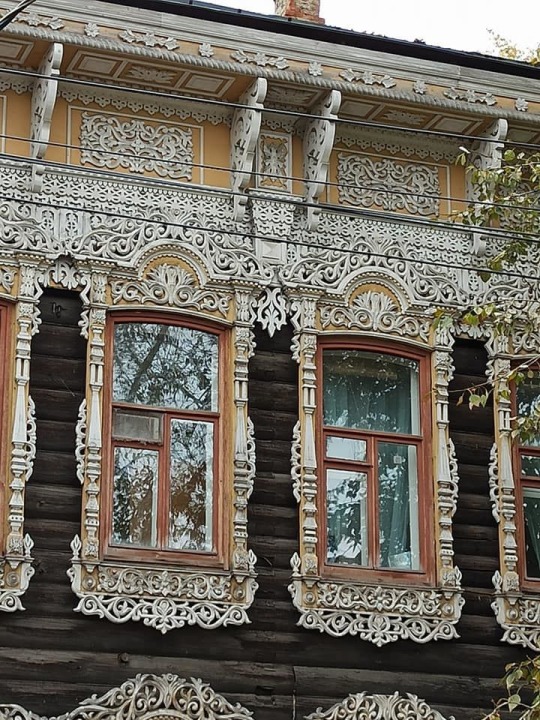


Traditional nalichniki in Tomsk
2K notes
·
View notes
Text

#nature#photography#photographers on tumblr#artists on tumblr#siberia#original photographers#kemerovo#streetphotography#улицы#фотография#русский tumblr#русский блог#мой блог#Russia#spring#весна
99 notes
·
View notes
Text
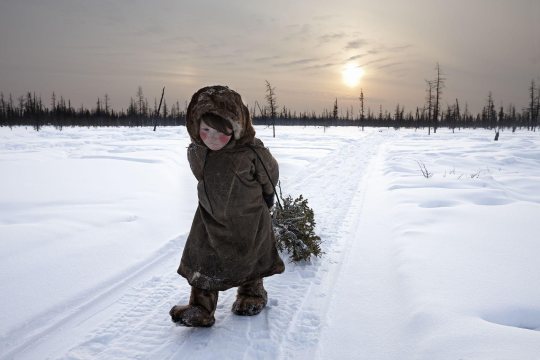
Yamal, Siberia, Russia, 2017 - by Alessandra Meniconzi, Italian/Swiss
320 notes
·
View notes
Text

Jewish and Turkish smugglers, exiled to the Omsk region, Siberia (USSR), 1927
80 notes
·
View notes
Photo

Reindeer and Chukchi reindeer herder in snow of Siberia, Russia
Photographed by Natalie Fobes
221 notes
·
View notes
Text

Tӧӧlӧs Turkic girl from Altai, Russia
440 notes
·
View notes
Video
“ Sounds of frozen Lake Baikal “ // © Alexey Matveev
Lake Baikal’s frozen surface creates distinct sounds, such as booming and popping noises, resulting from the contraction and expansion of the ice sheet due to changes in temperature.
Original Audio
#Lake Baikal#Siberia#Russia#nature#lakescape#frozen#ice#ice cracks#4K#8K#fpv#reels#aesthetics#wanderlust#explore#follow#discover
594 notes
·
View notes
Text
Whale hunt dance in Chukotka
#chukotka#chukchi#indigenous#culture#indigenous russian#indigenous russia#important#russia#fypシ#fypage#colonization#landback#siberian#siberia#siberian indigenous#indigenous siberian#indigenous art#indigenous rights#indigenous people#indigenous music#indigenous culture#Indigenous dance
602 notes
·
View notes